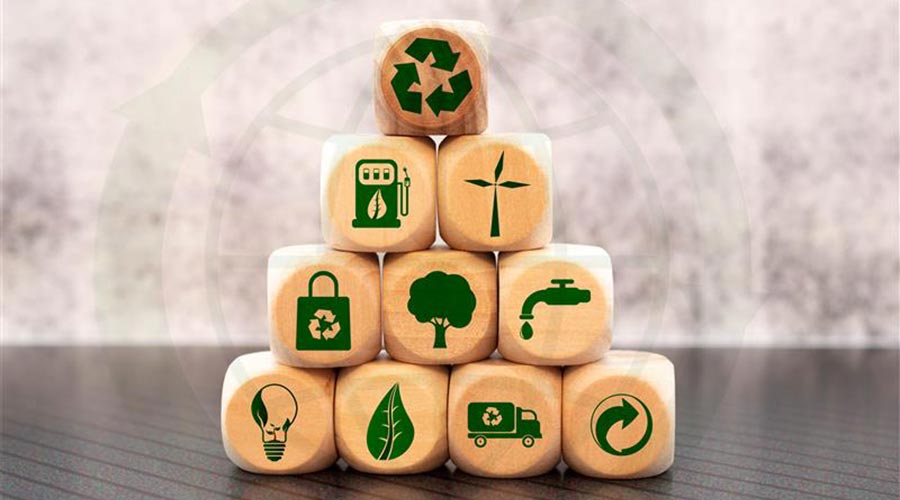
The U.S. Green Building Council (USGBC) released its USGBC Impact Report, a comprehensive review of three decades of progress toward transforming the built environment to support a sustainable future. Released amid mounting calls for global climate action, the report highlights USGBC’s role in establishing green building standards and mobilizing a global community. The report notes that LEED certified projects across all certification levels are designed to save more than 120 million metric tons of CO2 emissions.
Additional highlights include:
- 195,000+ LEED projects in 186 counties
- 29 billion total square feet of LEED-certified space
- More than 547,000 LEED-certified residential units
- More than 330 LEED certified Cities and Communities
- 5,000 certified schools impacting eight million students
- 5,300 USGBC member organizations
The USGBC Impact Report demonstrates the significant role green building practices play in achieving global sustainability goals. Since the introduction of the LEED green rating system in 1998, LEED has become the global standard for buildings, providing a framework for creating high-performing, healthy, and resilient spaces. LEED-certified buildings typically consume 25 percent less energy, reduce carbon emissions by 34 percent, and use 11 percent less water.
“The impact of our community extends beyond buildings,” said Peter Templeton, president and CEO, U.S. Green Building Council. “Our global community has shaped policy, shifted markets toward sustainable and healthy materials, inspired generations of professionals, and proven that the built environment can be a leading contributor to a better future for all.”
The Impact of LEED
LEED’s framework has adapted over the years to meet the diverse needs of building projects across sectors. Through LEED and other USGBC programs, green building practices now extend across homes, schools, skyscrapers, and more, reshaping industry standards and influencing building codes to foster sustainable development.
LEED has established green buildings as a global priority and has driven innovation and influenced the way buildings are designed, constructed, and operated. LEED has influenced building products and construction practices, making many more sustainable products and practices commonplace, showcasing the transformation occurring across the industry.
Additionally, the evolution of LEED reflects the USGBC community’s commitment to addressing the diverse needs of sustainable building projects and has expanded to include specialized programs that address the unique characteristics of different building types and sectors. From new construction to existing buildings, neighborhoods, and entire cities, these targeted LEED programs ensure that every aspect of the built environment can meet high standards of sustainability.
Building a Global Green Community
USGBC has also equipped building and real estate industry professionals with the knowledge and skills needed to drive positive change through courses, events and guidance on best practices, new technologies, tools, and innovations. Over its three decades, USGBC has fostered a global community of green building professionals through education, credentialing, events, and volunteer opportunities. With over 205,000 credential holders worldwide, this network drives industry transformation by connecting experts to opportunities to advance sustainable practices and innovations.
“The green building community encompasses member organizations of all sizes and sectors, from large corporations to small businesses to local governments and research institutions. Each organization plays a pivotal role in advancing our vision of a world where buildings operate in harmony with the environment,” adds Templeton.
Read the full report here.

 The Down and Dirty on Cleaning in Virus Season
The Down and Dirty on Cleaning in Virus Season How Surfactant Use is Expanding in Commercial Cleaning
How Surfactant Use is Expanding in Commercial Cleaning Clean Buildings Conference
Clean Buildings Conference